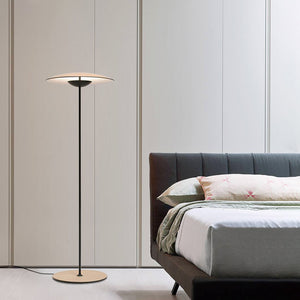Classic
Classicism originated in France in the 17th century and quickly spread over Europe, becoming the dominant style for two or more centuries. Artists of that time were inspired by the art of ancient Greece and Rome, namely their rigor, clarity and simplicity. Regardless of the strict principles, classicism though was manifested in different countries in its own way: if in France the inside layout was filled with splendor and luster, in England Classicism was featured by rationalism and rigor. Throughout the reign of Catherine the Great, dignity, stability and sensible restraint of Classicism had defeated Russia. Buildings in Petersburg and their interiors served as an illustration for the design of rooms at the noble estates throughout the Russian Empire. Russian Classicism is a completely different trend in architecture of Russia in the end of 18th and 19th centuries. Russian classicism differed from the world that enabled eclecticism (mixing classics with other styles). Recognising Classic style when you see it is not difficult. Discreet cornices, columns, windows and doors with clear outlines, marble countertops -- all furnishings have a tendency to rectangular form. The color scheme of the inside is maintained in light pastel colours. Niches of spacious rooms are decorated with statues. Classicism in interior design also features plenty of arches, stucco, half-columns and columns.










